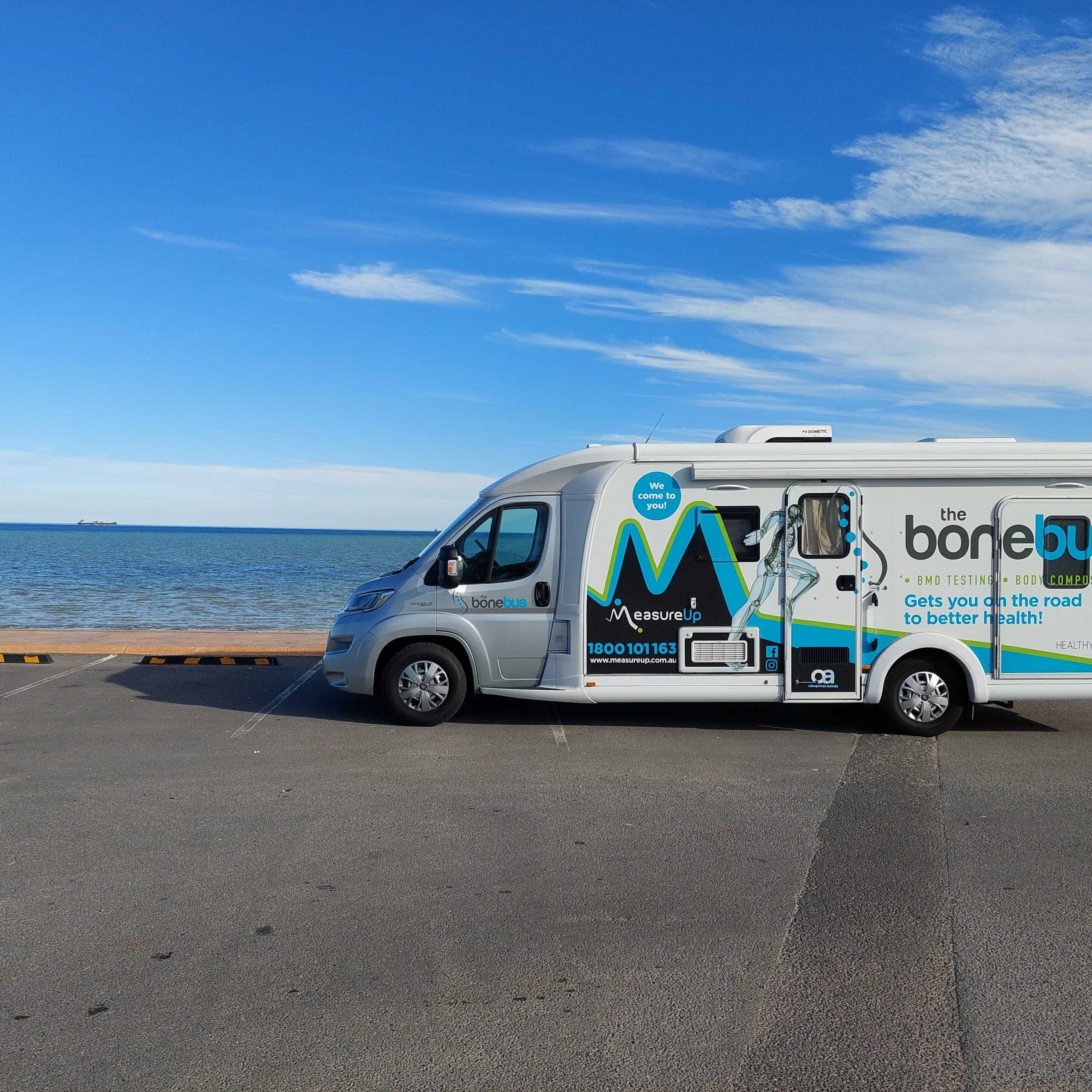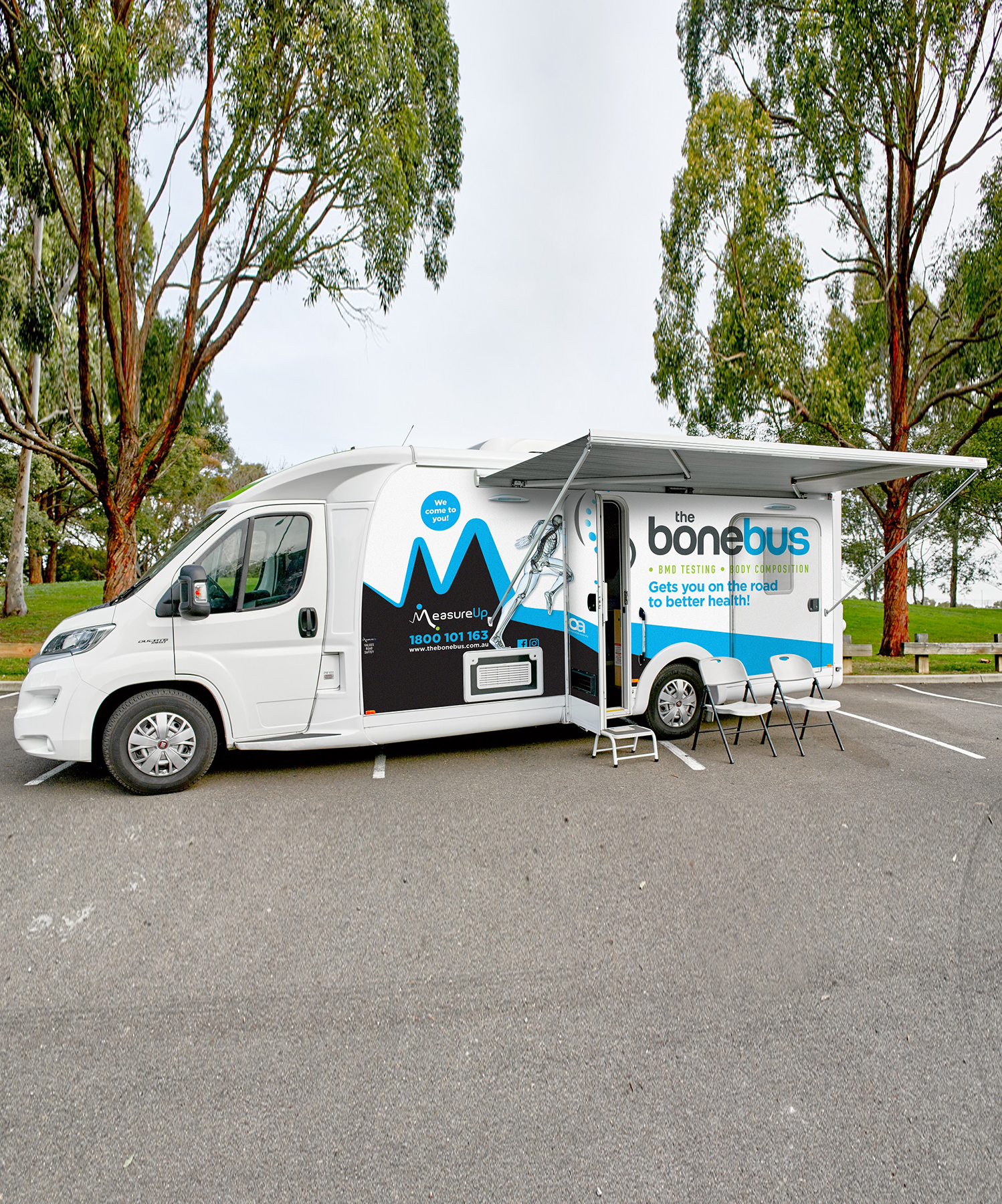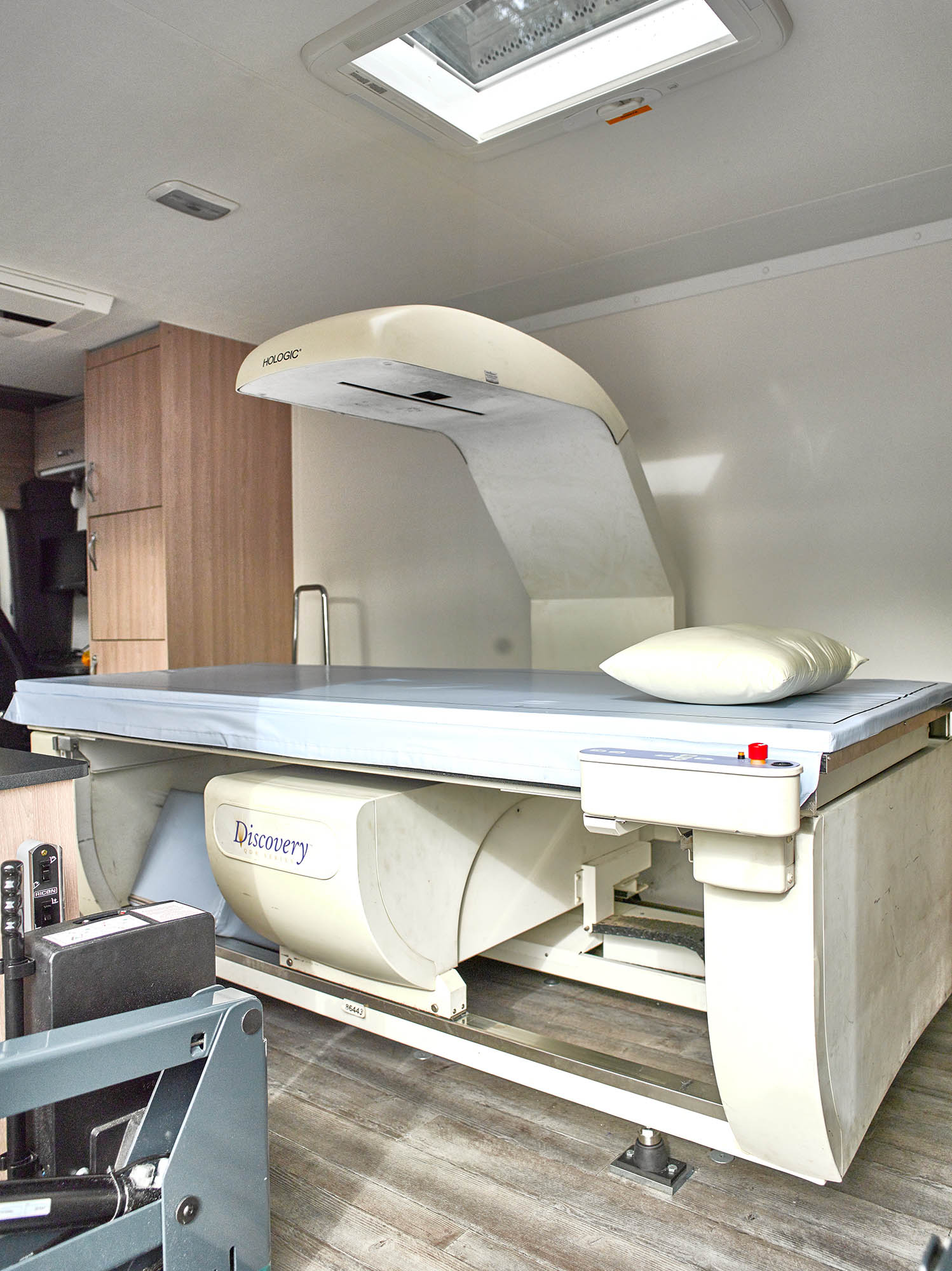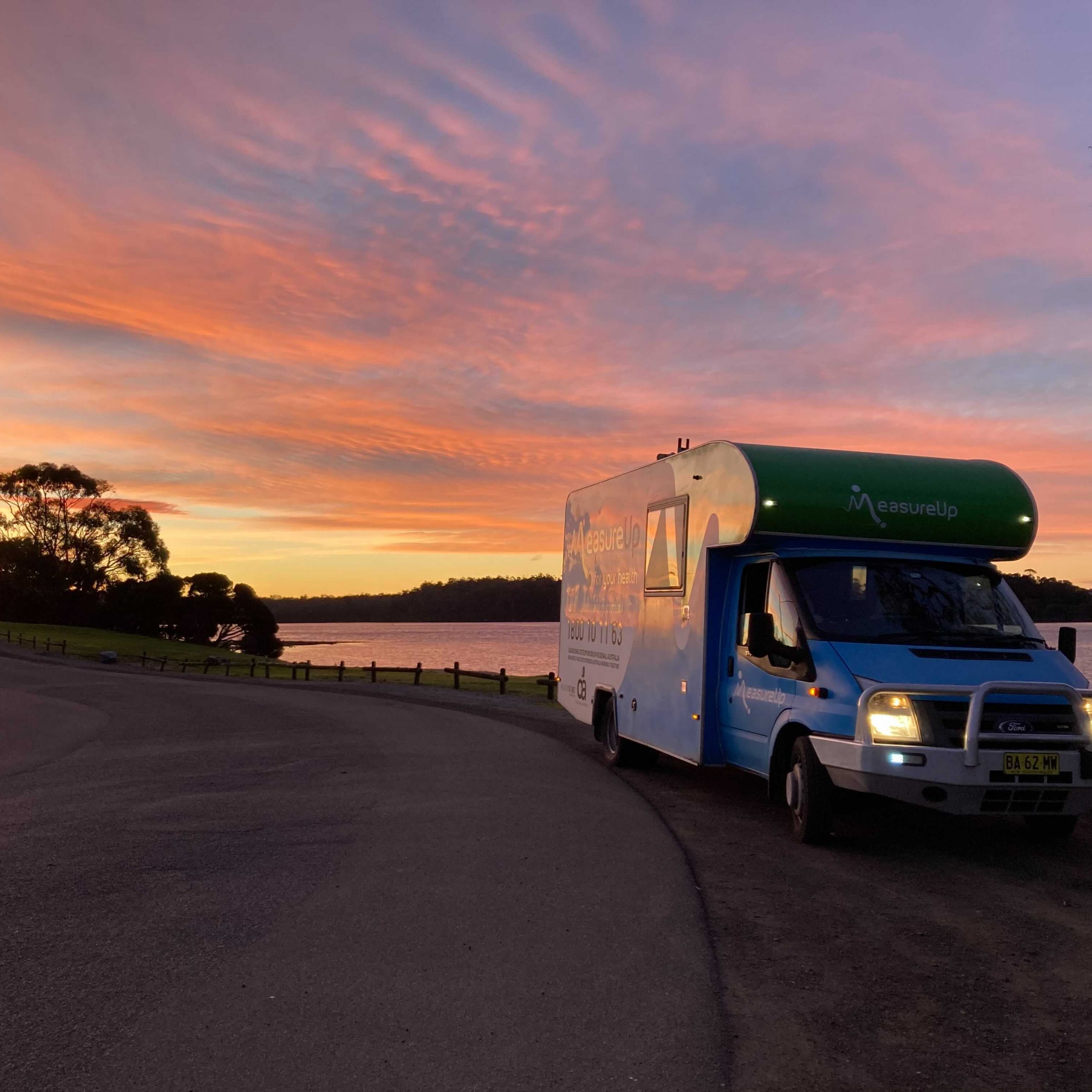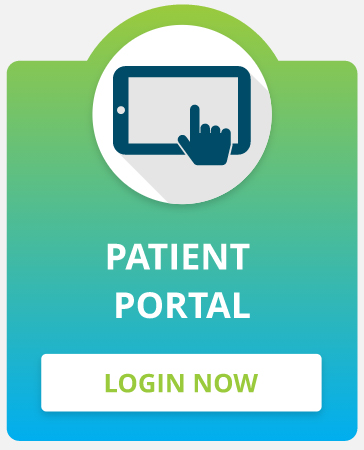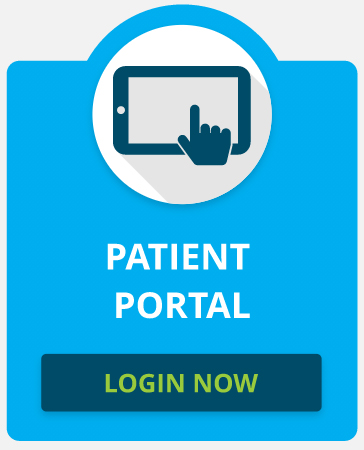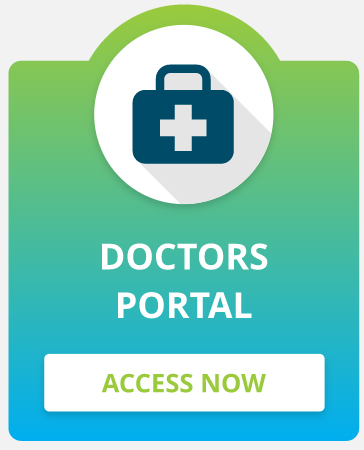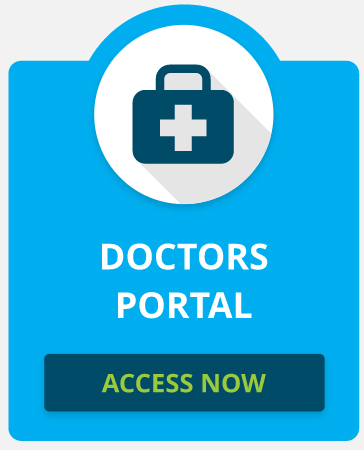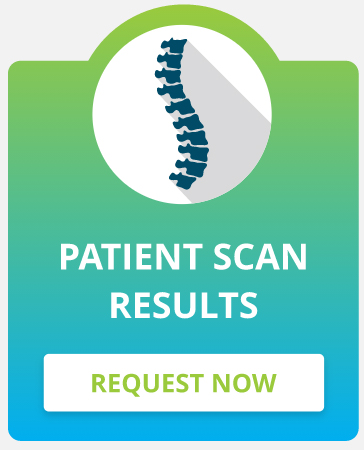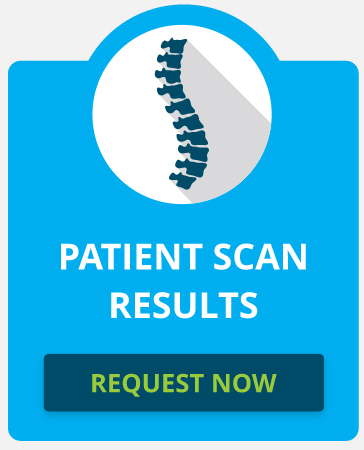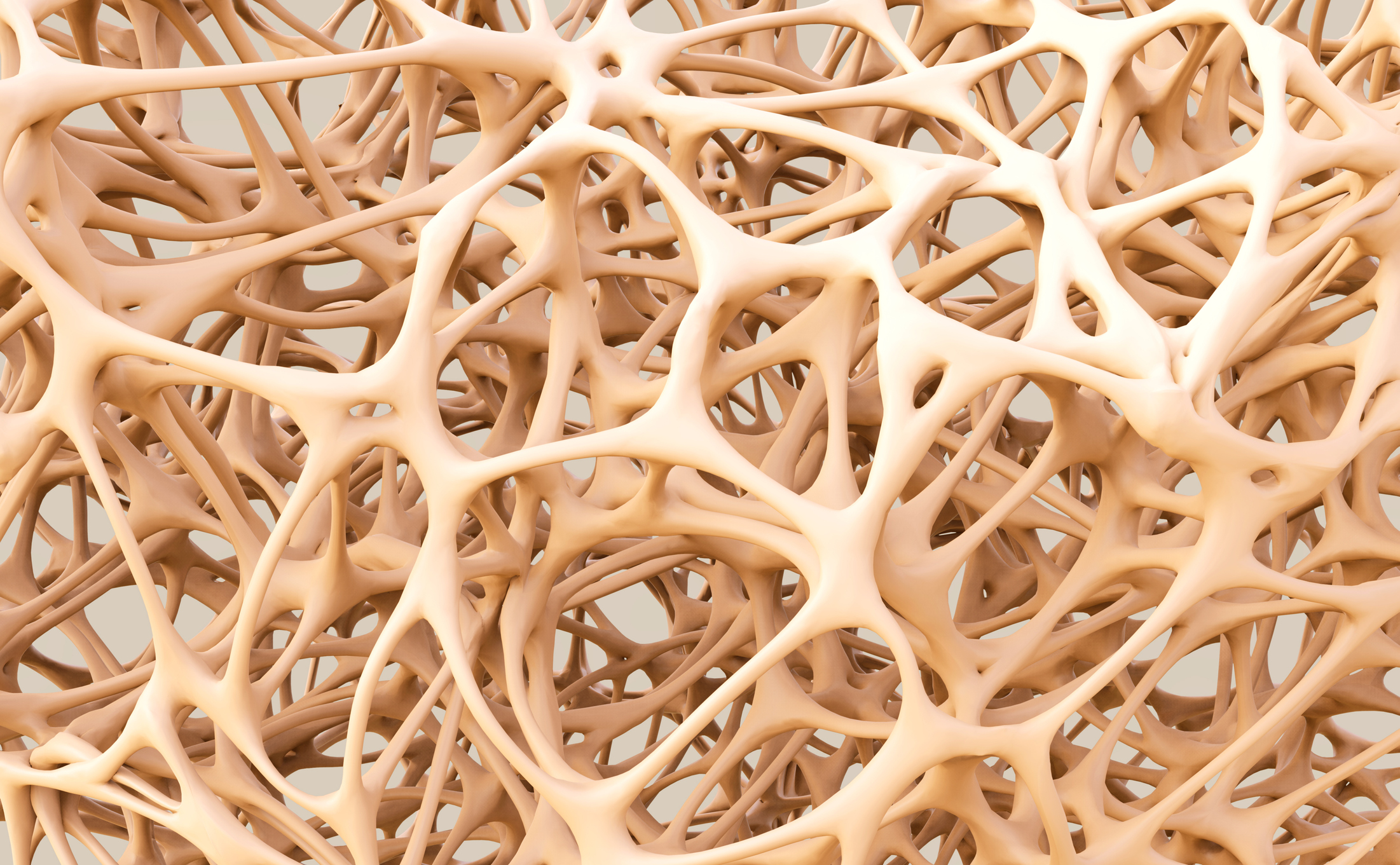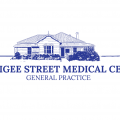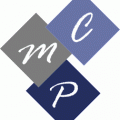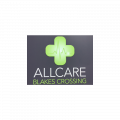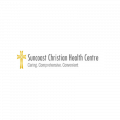Does the scan hurt and how long does it take?
The scan is painless and it only takes two minutes to complete both the hip and spine
Do I need to remove my clothing for the scan?
No. You remain fully clothed for your scan. We do advise not to wear any metal in the form of zips, belts, buckles or underwire bras as this can interfere with the results of the scan.
I have a pacemaker, can I still so the scan?
Yes, the scan won’t affect the pacemaker and the pacemaker will not affect your results.
I have a lumbar fusion; can I still do the scan?
Yes, we require two vertebrae to get a valid lumbar spine bone density diagnosis. If this is not possible, we will scan a tertiary site such as the non-dominant wrist.
I have had bilateral hips replacements; can I still do the scan?
Yes, we will scan your lumbar spine sand thenon-dominant wrist.
